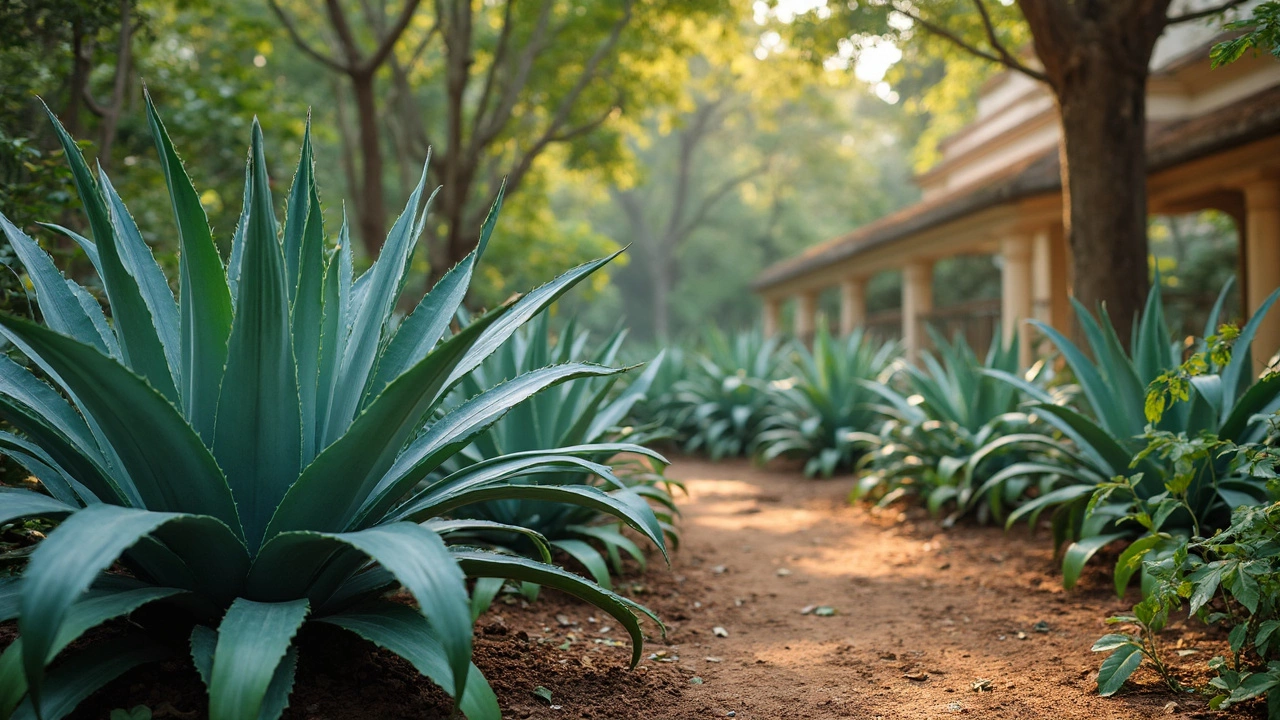Agave: How to Grow and Use This Desert Beauty in Indian Gardens
If you’ve ever spotted a tall, spiky plant on a roadside and wondered if it could work in your garden, the answer is yes – agave can thrive here with a little know‑how. It’s tough, low‑maintenance, and gives a bold look that many garden lovers crave. Let’s break down what you need to do, from picking the right variety to using the leaves in the kitchen.
Selecting the Right Agave Variety
India’s climate ranges from humid coastal zones to dry interior regions, so choose a type that matches your zone. For hot, dry spots like Rajasthan or Gujarat, go for Agave americana or Agave sisalana. In more humid areas such as coastal Karnataka, a smaller rosette like Agave attenuata handles occasional rain better. Check the plant’s mature size; some agaves can grow 3‑4 feet tall, so give them space away from walkways.
Watering, Soil & Sunlight Tips
Agave loves sunlight – aim for at least 6‑8 hours of direct light each day. When it comes to soil, a well‑draining mix is a must; blend garden loam with sand or small gravel. If you notice water pooling, add more sand or plant on a raised bed.
Watering is simple: let the soil dry out completely between drinks. In the monsoon season, you can skip watering altogether – the plant stores enough moisture in its leaves. During the scorching summer, give a deep soak every 2‑3 weeks, but never let the pot sit in water.
Fertilize sparingly. A low‑nitrogen fertilizer once in early spring helps the plant push new growth. Too much food makes the leaves soft and prone to rot.
Watch for pests. Mealybugs love the leaf base; wipe them off with a cotton swab dipped in alcohol. If you see root rot, improve drainage and cut back on watering.
When the rosette gets too old, you can split it. Look for a “pup” growing at the base, gently separate it with a clean knife, and plant it a few inches apart. This keeps your garden full of fresh agave without buying new plants.
Beyond looks, agave has practical uses. The sap can be boiled down to make a natural sweetener – think of it as a milder agave nectar. The fleshy leaves can be roasted and used in salads or as a garnish. In many parts of India, fibers from Agave sisalana are turned into rope and twine, a sustainable alternative to plastic.
Finally, safety matters. The sharp edges can cause cuts, so wear gloves when handling mature leaves. Keep children and pets away from the planting zone.
With these simple steps, agave can become a striking, low‑effort centerpiece in any Indian garden. Choose the right type, give it sunny spots, watch the watering schedule, and you’ll have a resilient plant that looks great year after year.
Discover the Marvel of the Agave, the Plant That Blooms Once Every 7 Years
The Agave plant, a marvel of nature, captures attention for its unique flowering pattern, blossoming after several years of growth. Ideal for gardeners seeking low-maintenance options, this plant fits perfectly into sustainable gardening plans. Learn intriguing facts about the Agave, its role in ecosystems, and helpful tips for incorporating these extraordinary plants into your garden. Explore how to maintain these robust plants and turn your garden into a resilient landscape.
About
Gardening
Latest Posts
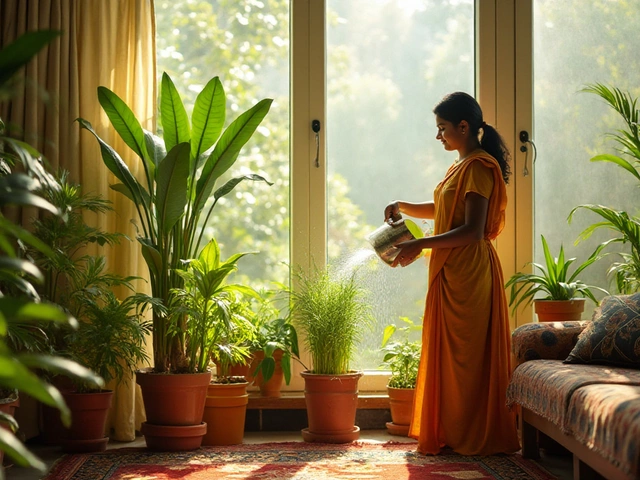
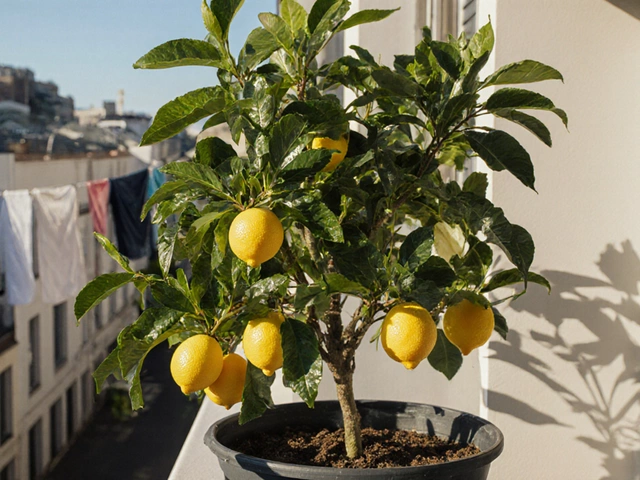
What Is the Easiest Fruit Tree to Keep Alive on a Balcony?
By Alden Thorne Nov 17, 2025
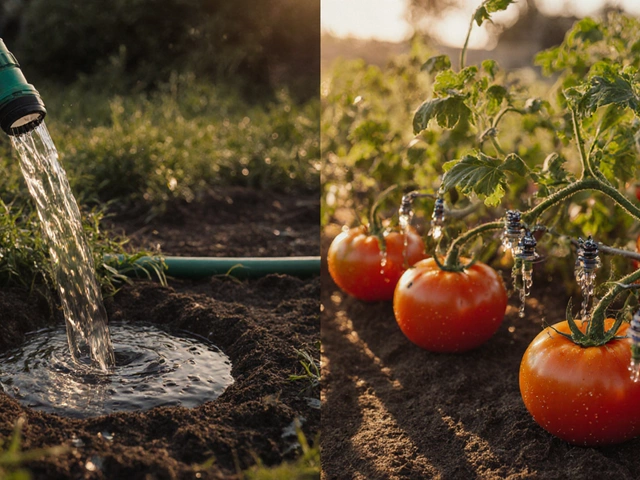
Why Drip Irrigation Is Better Than Soaker Hoses for Your Garden
By Alden Thorne Nov 25, 2025
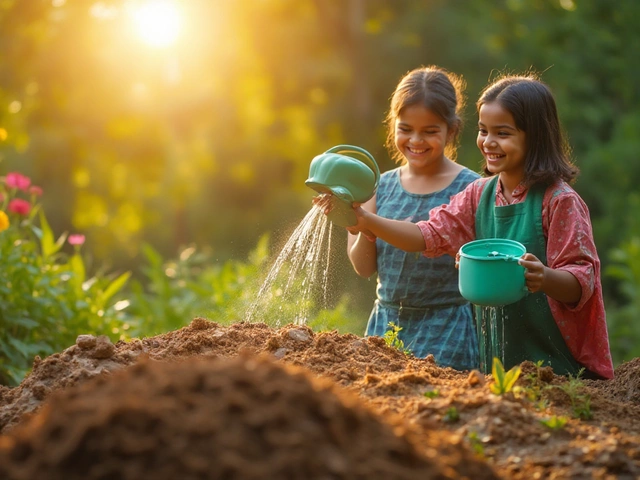
Crafting Rich Topsoil: A Comprehensive Guide to Garden Vitality
By Alden Thorne Jan 28, 2025

